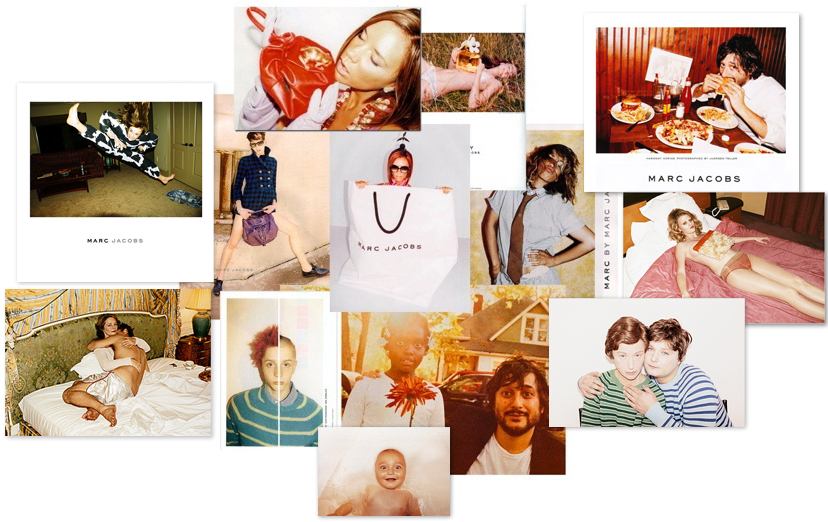Since I just did a business overview of Dolce & Gabbana, I was thinking about their controversial ad campaigns. There has been a lot written on the subject, from reports of bans to protests from anti-violence groups. Most designers from Marc Jacobs to Armani have stated that fashion is not art. In fact, Marc Jacobs was quoted:
Fashion to me is not art because it is only valid if it is lived in and worn.
That's all good and well in making the attempt to drive mass sales, although Marc's own collaborations with artists such as Takashi Murakami and Richard Prince - or Armani's recent museum-touring retrospective - might show that they actually do consider fashion to be art. When creativity meets commerce, does it matter if fashion is not hung on a wall for the occasional observation?
What is art, if not a subject for provocation and inspiration? And, while today's fashion world may be led by the sales figures of merchandisers more than the creative impulses of artists and designers, there is still an underlying art form in fashion, which seeks to provoke and inspire. If the garments themselves cannot be considered "art" by our anti-commercial definitions, then surely fashion photography can (and should) fill in the gaps.
Fashion has a long relationship with photography. To quote from Cathy Horyn in her article, "When Is a Fashion Ad Not a Fashion Ad?":
If fashion shows are a way for a designer to think out loud, collaborations with a photographer can help spin those disparate ideas into a story. Both Ralph Lauren and Calvin Klein owe a debt to the visionary eye of Bruce Weber, who is really a storyteller. Gianni Versace frequently paid homage to Richard Avedon, whose pictures lent imaginative energy to Versace’s designs. And it seems doubtful that generations of women would have felt quite the same about Yves Saint Laurent’s pantsuits if Helmut Newton had not made them an object of sex and mystery.
 Marc makes me think...
Marc makes me think...
While Marc Jacobs' ad campaign collaborations with Juergen Teller have inspired cult fans to look beyond the typical product-placements and see the Marc Jacobs world from the indie perspective he lives within, the Dolce & Gabbana ad campaigns create the very concept of provocation that the designers take inspiration from. Where it would be quite difficult to meet the sales figures necessary for a large luxury brand if each item alienated the mainstream through such provoking themes as date rape or warfare, the ad campaign can do just that.

...But so does DG
Of course, I understand the opposing argument that these ads are no more than superficial charades imposed by the brands to maintain some street cred in the art world (and surely, to an extent they are), but I also believe that it's a very creative way for the designers to explore and explain their more provocative themes without hurting sales figures. The designer's most die-hard fans typically "get it," and those who don't at least take on the aspirational values of someone who wants to get it. Even if the clothing isn't particularly provocative or thought provoking, the ads can be, and that's enough to ensure that a creative vision can be carried out while simultaneously creating the coveted word-of-mouth buzz around a brand.
Furthermore, isn't this the perfect segue into using content to develop the online experience of a brand? I think so!
Required Reading: On Fashion, Photography & Art
TIME Magazine: Dialogue on art & fashion ("Art and fashion get along like the couples whom nobody expects to stay together." Ha!)
It may be fashion, but is it art?
Striking Poses: Is fashion photography art?
'Fashion is not art' (Rei Kawakubo may say it, but she proves the opposite)
Dress Sense: Why fashion deserves its place in art museums (this is a good one!)
Is fashion a true art form? Acclaimed designer Zandra Rhodes and the director of the Design Museum, Alice Rawsthorn, go head to head
Is the future of art in their hands? (Designers take over our galleries and museums)
Fashion and Art Collide in Hong Kong
Fashion: A Presentation on Contemporary Concepts of Art and Expression (analysis of the 1967 Metropolitan Museum of Art Bulletin article: "Is Fashion an Art?")